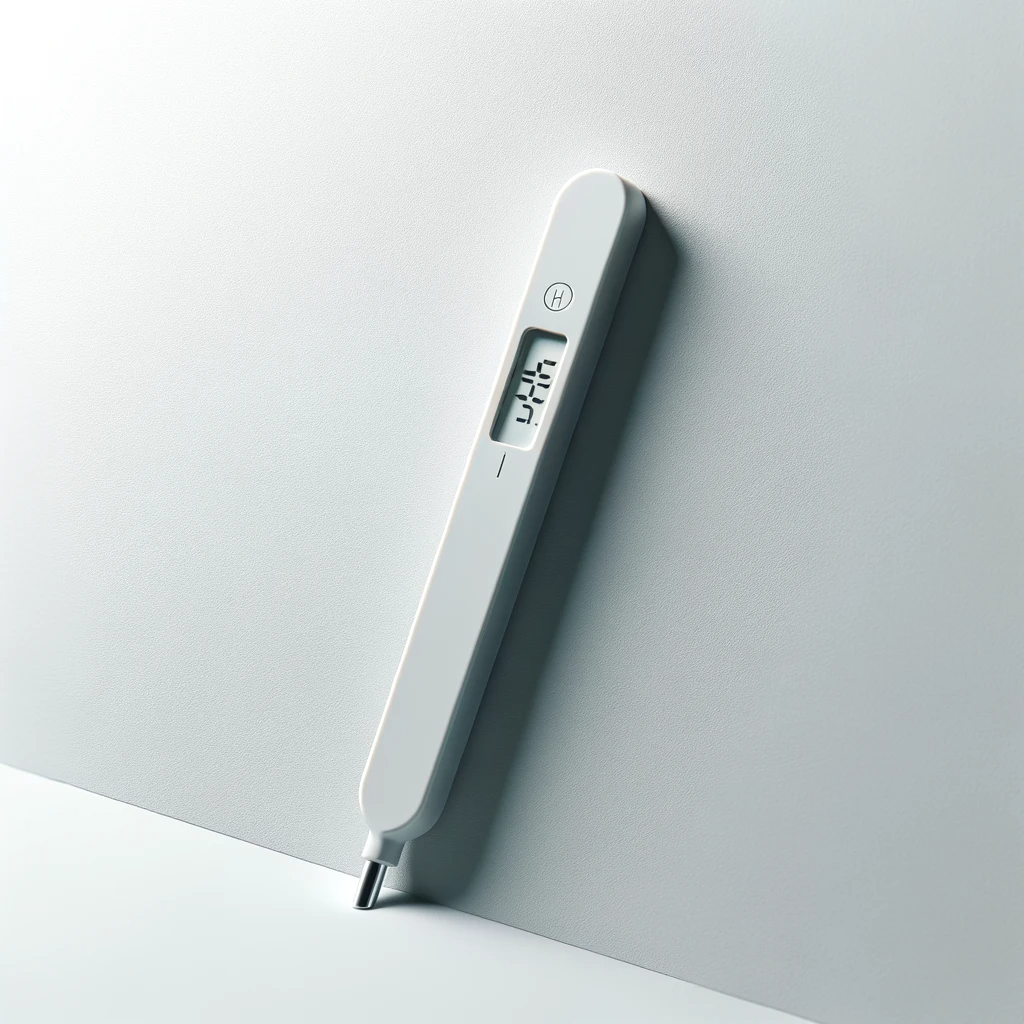
Introduction
Clean and safe drinking water is essential for human health. However, the quality of our drinking water can be compromised by various contaminants, making it crucial to check the purity of your water supply regularly. In this article, we will explore the importance of monitoring the purity of your drinking water, discuss the potential contaminants, and provide guidance on how often you should perform water quality checks.
Why Check The Purity of Your Drinking Water?
Ensuring the purity of your drinking water is a critical aspect of maintaining good health. Contaminated water can lead to a range of health issues, from gastrointestinal problems to more serious diseases. Regular water quality testing is essential for several reasons:
1. Health and Safety: Drinking water contaminated with harmful substances, such as bacteria, heavy metals, or chemicals, can lead to a range of health problems, including diarrhea, nausea, and even chronic illnesses.
2. Compliance with Regulations: Many countries have strict regulations governing the quality of drinking water. Regular testing helps ensure that your water supply meets these standards.
3. Early Detection of Contaminants: Routine water testing can identify contaminants early, enabling timely corrective action to prevent health risks.
Common Contaminants in Drinking Water
Understanding the potential contaminants in your drinking water is crucial for effective water quality testing. Here are some common contaminants:
1. Bacteria and Microorganisms: Harmful bacteria such as E. coli and coliform bacteria can cause severe health issues. Microorganisms can also lead to unpleasant tastes and odors in water.
2. Heavy Metals: Lead, arsenic, and mercury are examples of heavy metals that can leach into drinking water from pipes or natural sources. Prolonged exposure to heavy metals can lead to serious health problems.
3. Chemicals: Pesticides, herbicides, and industrial chemicals can contaminate water sources, posing health risks to consumers.
4. Nitrates and Nitrites: These compounds, often found in agricultural runoff, can be harmful, particularly to infants and pregnant women.
5. Radionuclides: Naturally occurring radioactive materials, such as radon and uranium, can seep into groundwater, requiring special testing and treatment.
How Often Should You Check Your Drinking Water?
The frequency of water quality testing depends on various factors, including your water source, location, and any specific concerns. Here are some general guidelines:
1. Annual Testing: It’s a good practice to test your drinking water annually, even if you believe your water source is safe. This helps detect long-term trends and changes in water quality.
2. Seasonal Testing: In regions with distinct seasons, consider testing your water at the beginning of each season. Seasonal changes can impact water quality.
3. After Well Installation or Repairs: If you have a private well, test the water after installation, repairs, or any maintenance work to ensure it remains safe to drink.
4. When Water Tastes or Smells Strange: If your water develops unusual tastes or odors, it’s a sign that something may be wrong. Test your water immediately to identify the issue.
5. Following Natural Disasters: After floods, hurricanes, or earthquakes, water sources can become contaminated. Test your water supply after such events to ensure it’s safe for consumption.
6. When There Are Health Concerns: If you or a family member experience unexplained health issue, consider testing your drinking water as a precaution.
Conclusion
In the quest for clean and safe drinking water, advancements like Boon’s Clairvoyant offer a revolutionary solution. Boon’s real-time water quality monitoring system, powered by IoT technology, provides continuous surveillance, promptly detecting any deviations from purity standards. This innovation ensures proactive responses to potential contaminants, offering an extra layer of protection for your health. While periodic testing remains crucial, integrating cutting-edge technologies like Boon’s Clairvoyant adds an unprecedented level of vigilance, reinforcing our commitment to maintaining pristine water quality. Embracing such advancements underscores our collective responsibility to safeguard this fundamental resource for a healthier and more secure future.
External References:
1. U.S. Environmental Protection Agency. (n.d.). Ground Water and Drinking Water. [https://www.epa.gov/ground-water-and-drinking-water]
2. World Health Organization. (2011). Guidelines for Drinking-Water Quality. [https://www.who.int/water_sanitation_health/dwq/gdwq3rev/en/]